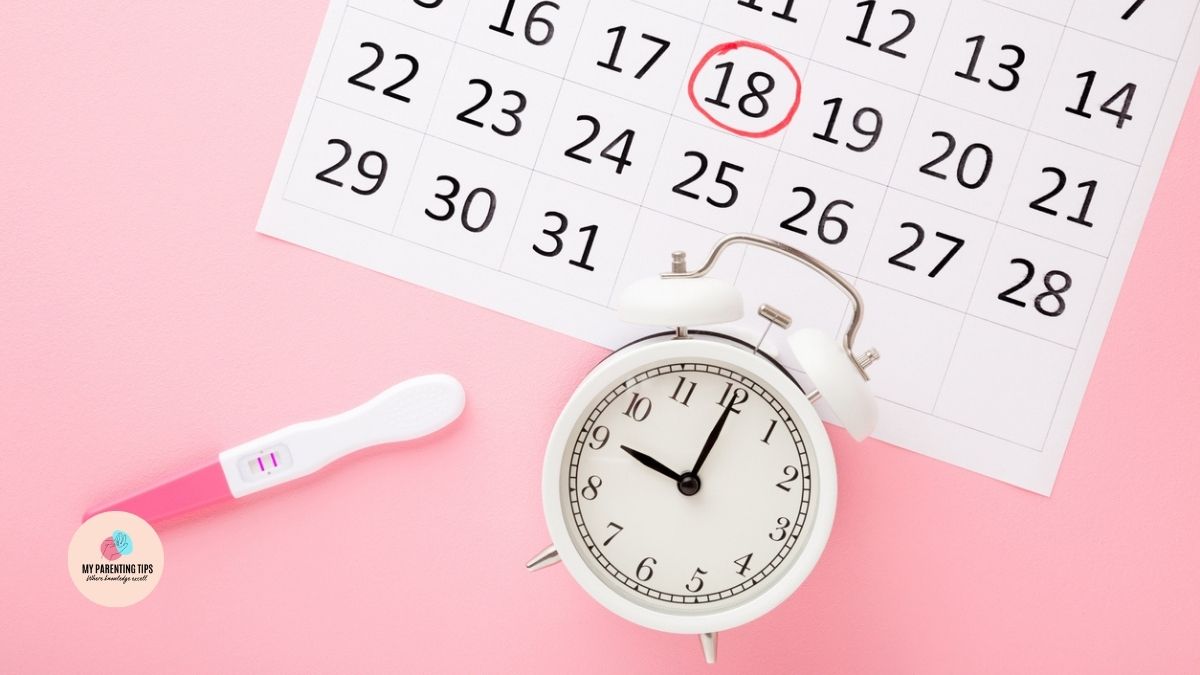Ovulation Calculator & Calendar: Identify Your Fertile Days

“This article explains how a calculator ovulation can help identify fertile days, covering factors that affect ovulation, tracking advice, physical signs, and the benefits of understanding your fertility cycle.”
Whether your goal is simple surveillance of your reproductive health or trying to conceive, knowing when you are most fertile can make all the difference. By examining your cycle length and latest menstrual period, a perfect ovulation calculator can assist you to forecast your fertile days. Knowing this lets you estimate ovulation with simplicity, thereby guiding your family planning selections. Let’s investigate how a calculator ovulation operates, what variables affect it, and how you might most effectively apply it.
How does an ovulation Calculator work?
Based on the regularity and duration of your menstrual cycle, an ovulation calendar approximates when ovulation is likely to happen. Though individual cycles vary, ovulation usually occurs roughly 14 days before the beginning of your next period. Enter data on the first day of your last menstrual cycle and your average cycle length to get a fertility window that highlights days most likely for conception.
Though it’s not a guarantee, this ovulation computation offers a reasonable basis for timing sex around the most fertile period of your body. Regular use might highlight trends that simplify knowledge of your cycle.
Why Use Calculation for Ovulation?
One can better grasp their particular cycle by using an ovulation calculator. If you are attempting to conceive, this helps since it identifies the best days for conception. Tracking ovulation can provide information on your reproductive health even if you are not intending to be pregnant. Some people also utilize this knowledge to assist control symptoms connected to hormone fluctuations all through the month.
Although the calculator provides a broad estimate, combining it with other tracking techniques such as basal body temperature or changes in cervical mucus will help to get more accurate forecasts.
Calculate Your Most Productive Days
Your ideal window is five days before and the day of ovulation. Because sperm can survive for five days, having sex during this window enhances the chance of fertilization. Understanding your fertile days might help you arrange sexual activity to improve your chances of pregnancy.
Techniques for Calculating Fertile Days
1. Identify Cycle Length
First, figure out your typical menstrual cycle length. Should it change, averaging over three to six months will help to increase accuracy.
2. Mark the First Day of Your Last Period
Most calculators ask for the initial day of your last period, which serves as a basis for forecasts.
3. Let variations exist
Not all cycles are perfect; some fluctuation is natural. Regular use of the calculator helps you to spot personal trends across time.
See Ovulation calculator: Predict your fertile window for more direction for individuals seeking more specifics on forecasting their fertile days.
Signs of Ovulation
Observing bodily symptoms of ovulation helps an ovulation calc to be most effective. These are some typical indicators of approaching ovulation:
1. Cervical Mucus Changes
The cervical mucus converts to become raw egg whites clear, slippery, elastic as you approach fertilization.
2. Slight Temperature Increase
After ovulation, your baseline body temperature could rise somewhat. Monitoring temperature across several cycles can reveal a trend that will enable you to identify ovulation.
3. Mild Cramping or Discomfort
Some women suffer mittelschmerz, a little cramps or discomfort, on one side of their stomach during ovulation.
4. Increased Libido
Hormonal changes around ovulation could naturally raise your sex drive.
Apart from using an ovulation calculator, these bodily indicators help to paint a clearer image of your fertile days, thereby enhancing the efficacy of your planning activities.
Elements Affecting Timing of Ovulation
Being aware of several elements helps one to understand ovulation timing. Here are many typical ones:
1. Variability in cycles
Some have erratic cycles, which might affect the timing of ovulation. Monitoring over several months helps one find trends.
2. Stress and Lifestyle
Lack of sleep, disease, or significant lifestyle changes can all cause delay or disturbance of ovulation.
3. Age
Fertility falls with age; this can change ovulation patterns, especially for people over 35.
4. Health Conditions
Ovulation time can be influenced by disorders including thyroid abnormalities or polycystic ovarian syndrome (PCOS).
Selecting the Ideal Ovulation Calculator
Various calculators have different functions. Choosing the ideal calculator ovulation for your need follows these guidelines:
1. User-Friendly
A basic, easy-to-use interface guarantees rapid and simple data input.
2. Reminders
Certain calculators might be quite useful since some of them show your fertile days.
3. Cycle History Tracking
Tools designed to save data over several months let you observe long-term trends in cycle history.
Many fertility applications provide calculators with additional choices including tracking physical symptoms, daily notes, and reminders for approaching fertile days if you so want.
Further Advice for Precise Tracking
Consistency and attentiveness are absolutely key to maximize your ovulation calculation. The following guides will help you maximize the output:
1. Integrate Techniques
For more accuracy, use the calculator in conjunction with noting physical symptoms as cervical mucus or basal body temperature.
2. Record Steadily
Every month, log your cycle data especially if your cycles vary.
3. Be Flexible
ovulation timing varies somewhat every month and it’s wise to be open to minor changes.
Conclusion
Anyone wishing to monitor fertility, conceive, or better grasp their cycle will find a useful instrument in a calculator ovulation. Estimating your most fertile days helps you to understand your reproductive health and facilitates more deliberate planning. Combining the calculator with other indicators of ovulation, such as temperature or changes in cervical mucus, improves accuracy yet more. Knowing your body’s particular rhythms helps you on your path of health regardless of your objectives. It is also empowering.
Information Sources
For more in-depth, reliable information on ovulation and fertility tracking, explore the following trusted source: https://www.who.int/
Disclaimer
This article provides general information. Please consult your doctor for personalized guidance regarding ovulation and fertility tracking.



